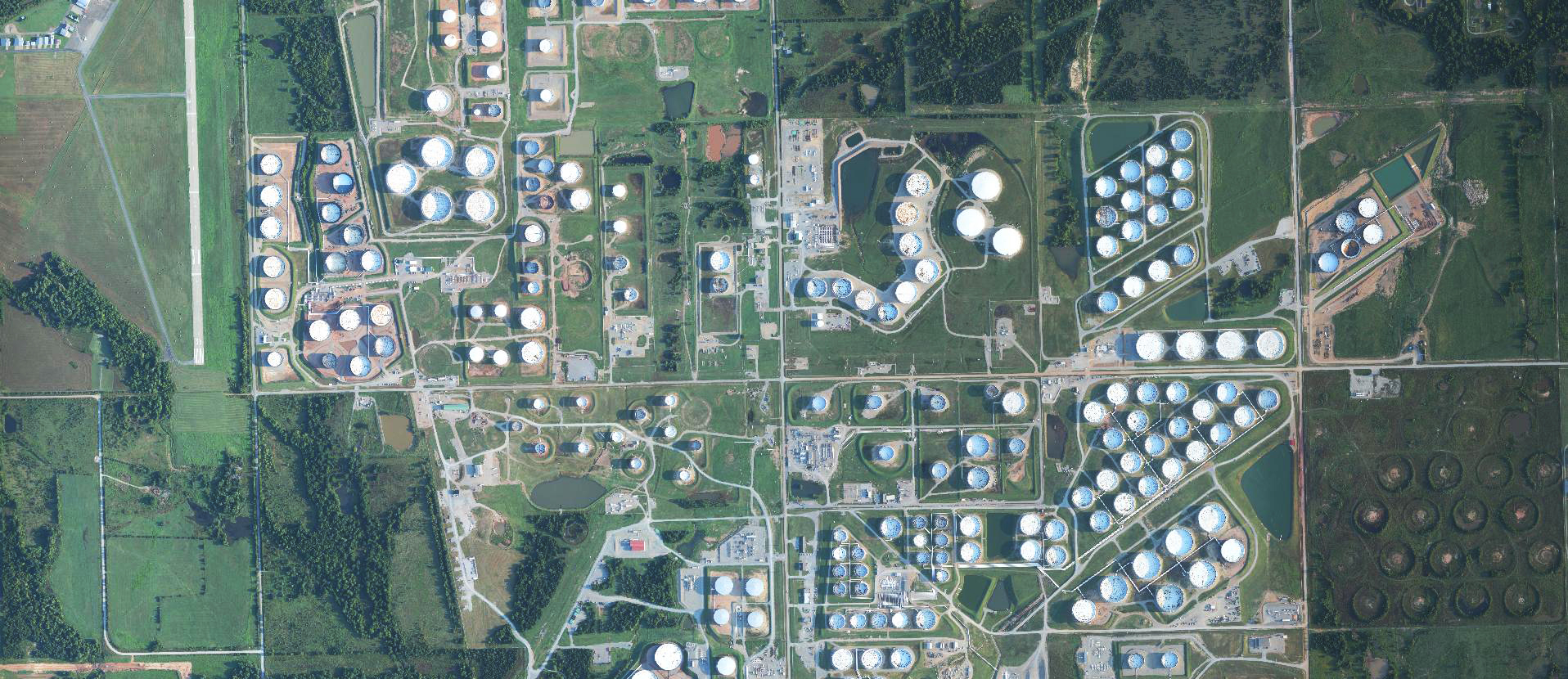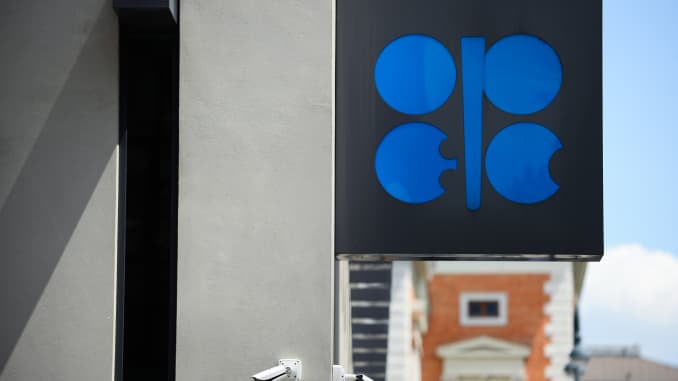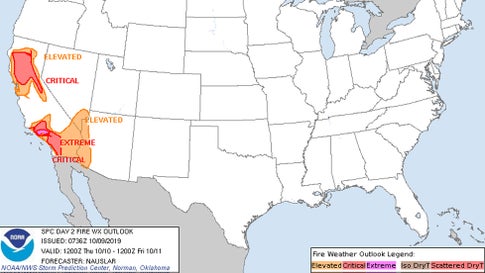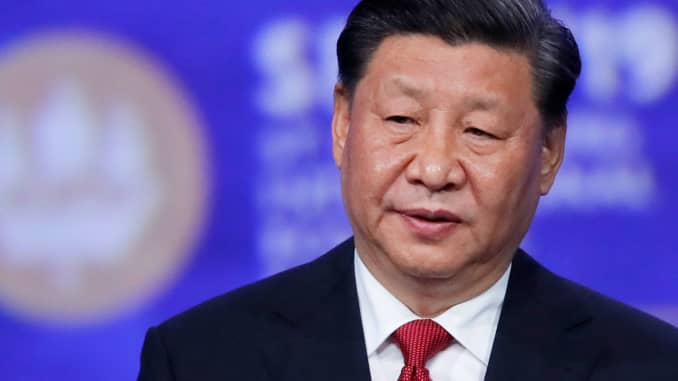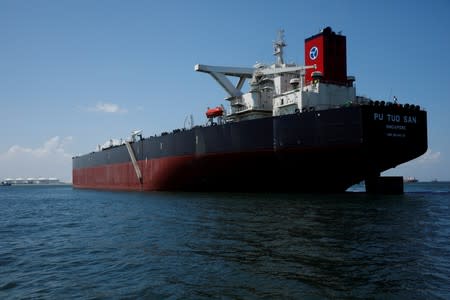
https://oilprice.com/Energy/Energy-General/Democrats-Just-Accidentally-Sparked-A-Federal-Fracking-Boom.html
Eyeing more restrictions on drilling following the 2020 presidential
election, some U.S. oil and gas companies may accelerate fracking on
public lands over the next year.
Concho Resources said that in
order to mitigate risk from a potential ban on fracking in 2021, the
company is running rigs on its federal acreage now.
The comment comes in light of the relatively strong rise
of Massachusetts Senator Elizabeth Warren, who is arguably the front
runner, or at least in the top tier. Vermont Senator Bernie Sanders has
trailed a bit, although a new poll
from New Hampshire has him in first place there. Former Vice President
Joe Biden, who offers up a more industry-friendly approach to energy and
climate change, has slid in the polls. He is still considered among the
top tier, but his fundraising has been anemic, his performance halting
and unconvincing, and his momentum heading in the wrong direction.
Senators
Bernie Sanders and Elizabeth Warren have both promised to ban hydraulic
fracturing. As president, neither would be able to outright ban the
practice entirely, as it would require an act of Congress. But their
ability to disrupt the use of fracking on federal lands would be much
greater.
“‘If
Sen. Warren were to win…’ was getting a lot of airtime in our
meetings,” Jake Roberts, an exploration-and-production analyst at
Houston’s Tudor, Pickering, Holt & Co., told the Wall Street Journal recently. “We were surprised to see people taking it so seriously.”
Tudor
Pickering said that if fracking were banned, oil and natural gas prices
would spike and many oilfield services companies would be forced out of
business. A mid-October analysis from RBC Capital Markets found that
Talos Energy was most exposed to a regulatory crackdown, largely the result of a hypothetical ban on offshore drilling in federal waters.
A Cowen Inc. analyst told the WSJ that some companies that
have a relatively heavy reliance on federal lands have underperformed
lately, “coincidentally, or not.” Those include, Devon Energy, Concho
Resources, and Occidental Petroleum. Meanwhile, companies like Kosmos
Energy, Hess Corp., and Apache Corp. would lose little, Sanford C.
Bernstein analysts said in early October.
Ironically,
some of the oil majors might stand to benefit, since higher prices
would boost revenues from their oil and gas sales elsewhere, offsetting
their losses in the Permian and other shale basins. Canadian oil
producers would also benefit as some of their shale competitors are
knocked on their backs, although Canadian pipelines traveling to the
U.S. would likely be on the chopping block as well.
Federal lands
play a particularly prominent role in New Mexico, and to a lesser degree
in Colorado, Wyoming and North Dakota. New Mexico has rapidly become
one of the fastest growing sources of new oil and gas production.
Permian drillers have increasingly migrated from West Texas into New
Mexico, targeting land that has yet to be developed. Even as some
counties in Texas have lost rigs over the past year, nearby counties in
New Mexico have seen an increase.
But
the comments from Concho Resources are the most concrete example to
date of the industry acting in advance of potential regulatory
restrictions. Concho’s Chairman and CEO Tim Leach went out of his way to
briefly touch on the company’s risk from regulatory action in his
prepared marks on an earnings call on Wednesday. “Today, sentiment
toward the sector is low and amplified by campaign promises to severely
limit or regulate away oil and gas operations,” Leach said. “Since we
don't know how the politics will resolve, I'll clarify that our exposure
to federal acreage is about 20% of our total gross and net acreage
position. And our capital allocation toward that acreage is roughly the
same.”
When an analyst followed up and asked him how the company
plans on mitigating the risk of a federal ban, Leach said: “the things
that we are doing to mitigate that are, we have quite a bit of activity
on them right now,” before adding that the company could pivot back to
the comfort and safety of private land in Texas. “We've always run a
program where we have properties right across the state line where you
can move rigs back and forth.”
He added: “We have a great deal of flexibility if we need to reallocate that capital.”
By Nick Cunningham of Oilprice.com

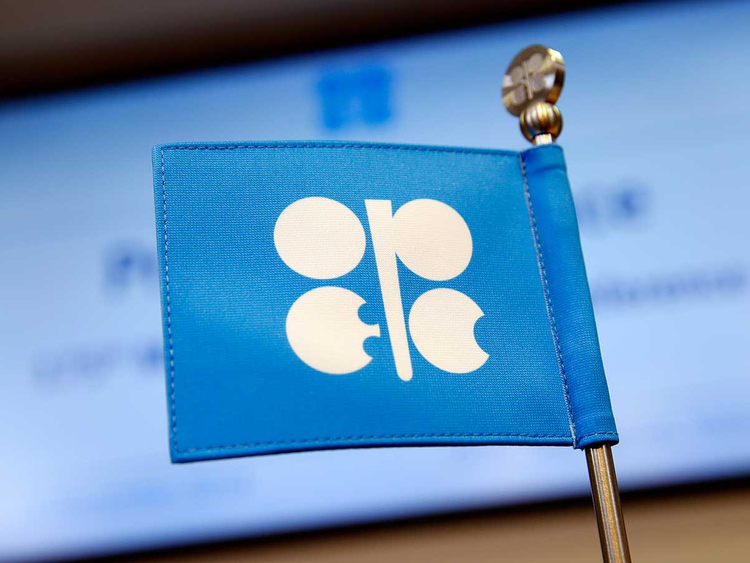

 Russian President Vladimir Putin looks on at Rosneft President Igor Sechin. Venezuelan media is
Russian President Vladimir Putin looks on at Rosneft President Igor Sechin. Venezuelan media is 
